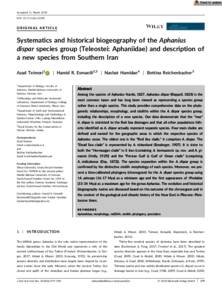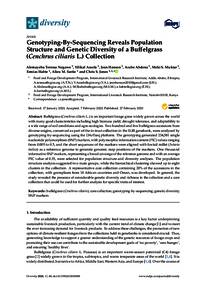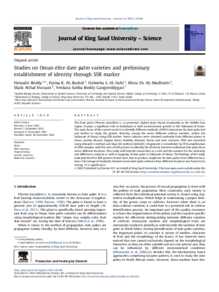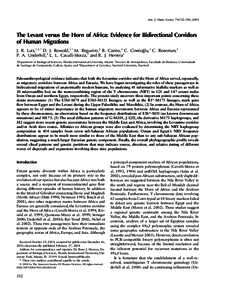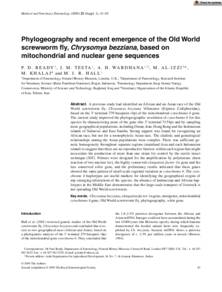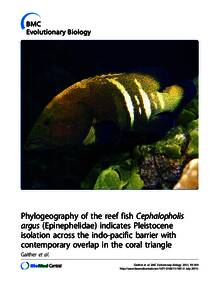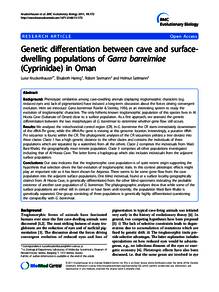Document
Late pleistocene to holocene diversification and historical zoogeography of the Arabian killifish (aphanius dispar) inferred from otolith morphology.
Identifier
DOI: 10.3989/scimar.03635.26C
Contributors
Jawad, Laith Abd Jalil., Author
Al-Kharusiyah, Lubna Hamoud., Author
Al-Mamry, Juma Mohamed., Author
Reichenbacher, Bettina., Author
Publisher
Elsevier.
Gregorian
2012-12
Language
English
Subject
English abstract
Aphanius dispar (Rüppell, 1829) is a common marine-euryhaline teleost fish in the Near East that has undergone considerable intraspecific differentiation. Otolith morphology is used to analyse the diversity within A. dispar in the Gulf of Oman (Sea of Oman) and the Persian Gulf. A total of 134 individuals from lagoons and inland habitats of Oman, the United Arab Emirates and southern Iran are analysed. The results revealed that otolith traits that are under genetic control are strikingly different from those that are under the influence of environmental factors. A clear spatial structure of the populations is detectable, suggesting that the environmental flexibility of A. dispar, vicariance events during the last glacial maximum (21000-18000 BP), dispersal in the course of the Early Holocene sea-level rise, and Holocene to presentday interruption of gene flow at the Strait of Hormuz have shaped the intraspecific differentiation of A. dispar. These factors may also be responsible for diversification within other marine-euryhaline fishes in the Near East and Mediterranean Sea, and thus the findings can contribute to successful conservation management.
Member of
ISSN
0214-8358
Resource URL
Category
Journal articles


